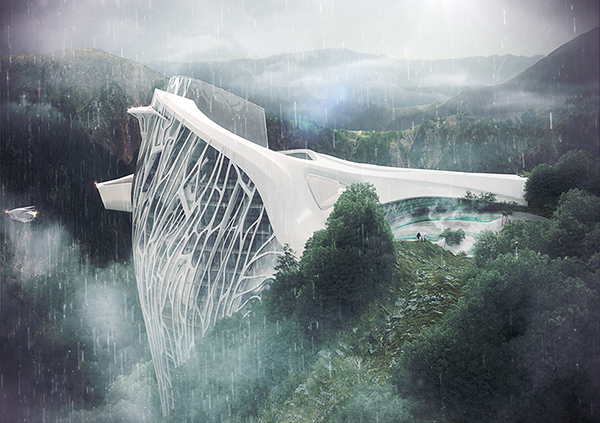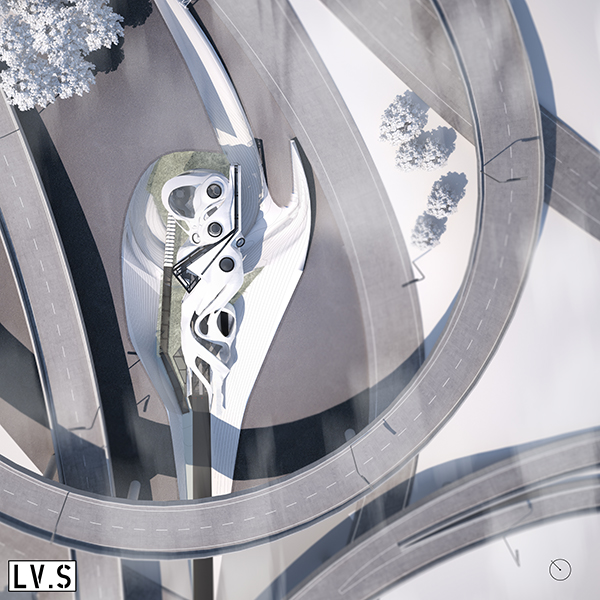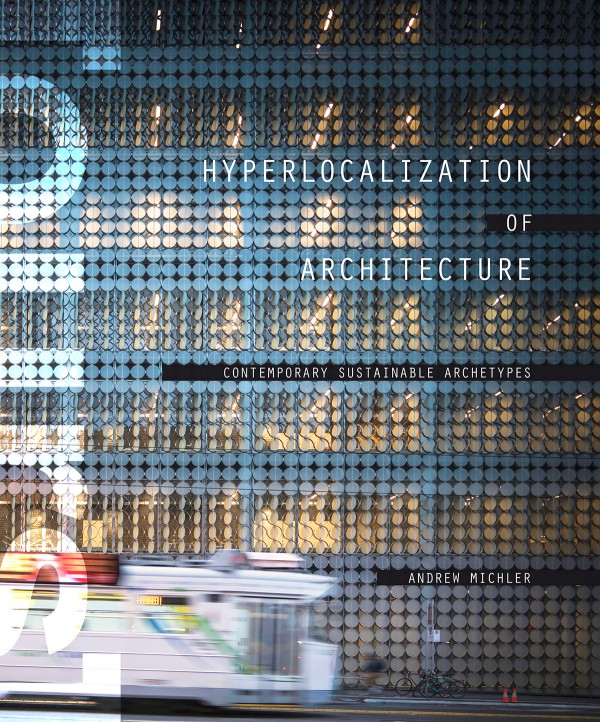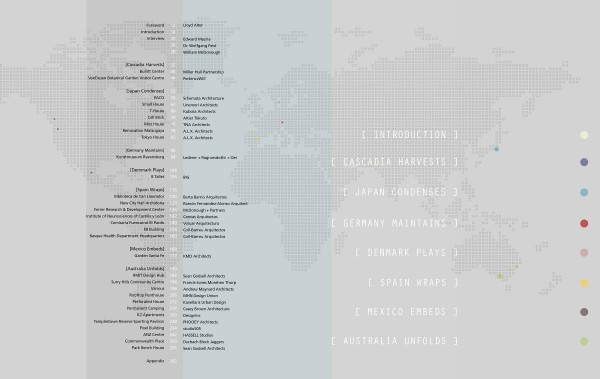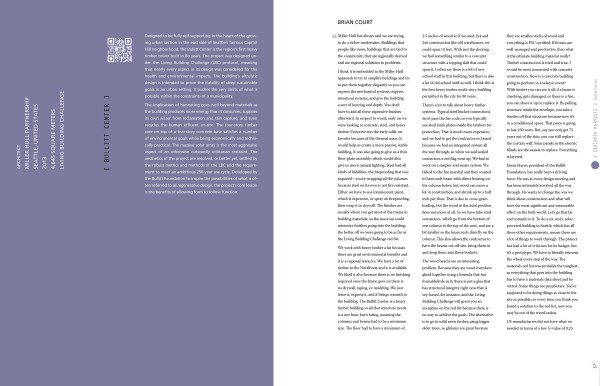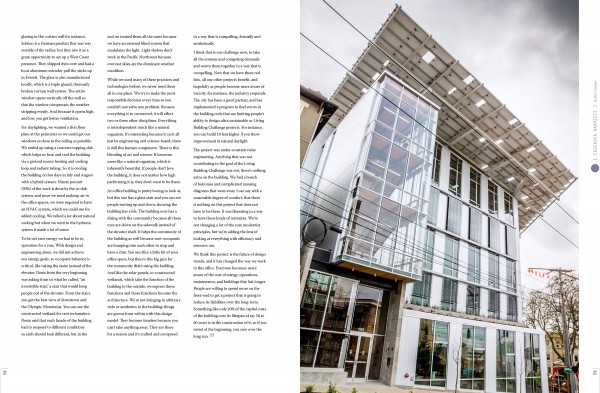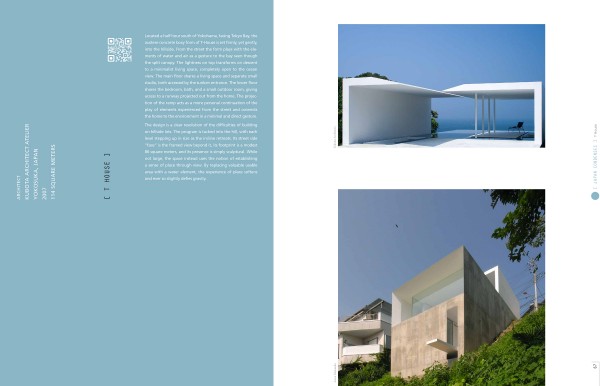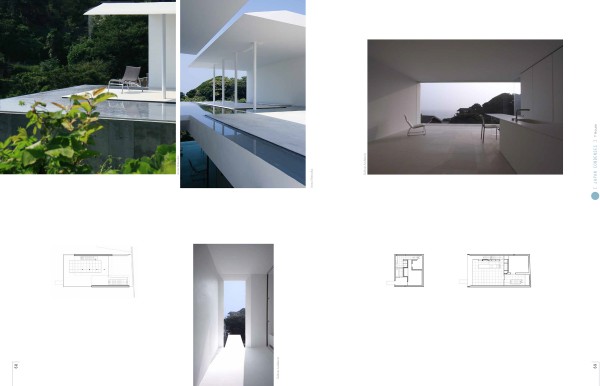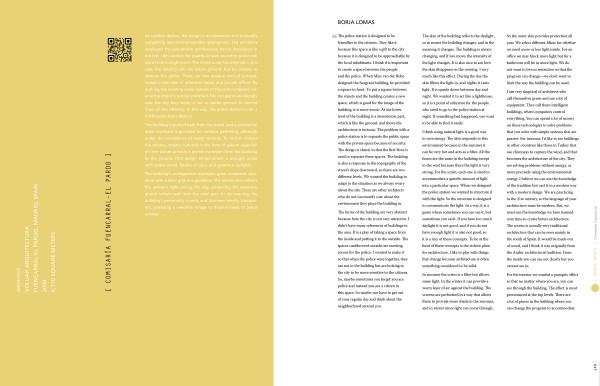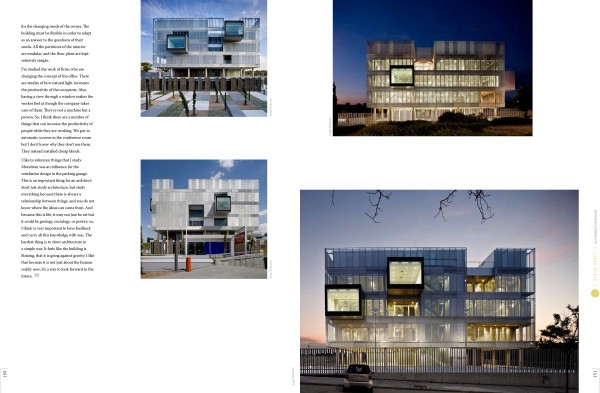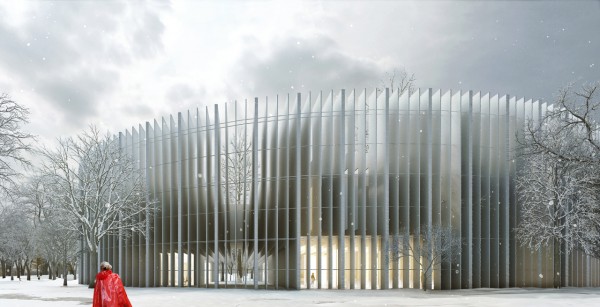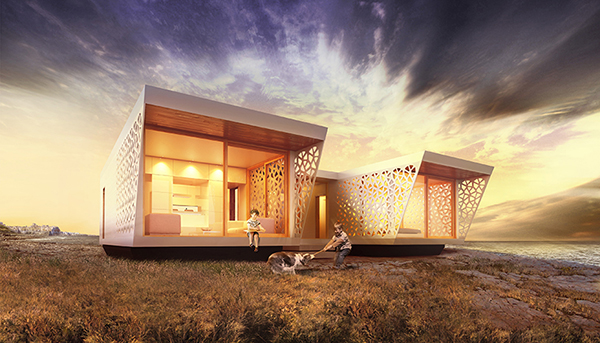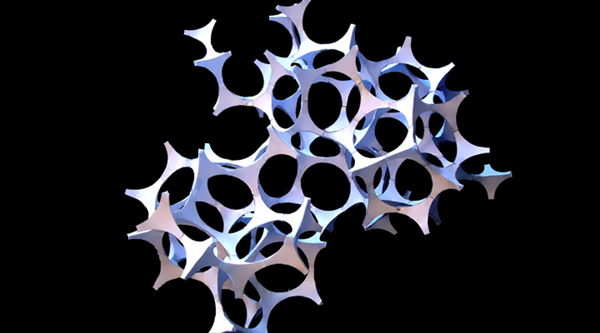Semiotic Alpine Escape
House for the Digital Fiend
This USC Undergraduate Thesis by Zack Matthews focuses on the contemporary condition of digital addiction and how the broad embrace of digital space has been at the expense of culturally significant physical social exchanges.
Virtual space has become so addictive because of its capacity to overstimulate user perceptions. We can be playing a favorite song on our phone, while browsing the latest news on a computer, while playing an interactive game on a tablet,
Upon entering back into physical space, banalities of reality are magnified and relapse back to the digital realm is that much more inevitable.
How do we make the physical environment as potent as the space accessible through technological devices – How can cultural addiction to personal technology be delayed?
#HOUSEFORTHEDIGITALFIEND addresses this question by re-examining the wall as a performative surface that intensifies perceptual engagements; specifically sight, sound and touch. These perceptions are of interest because they are the few of which are natively over-stimulated through technology.
By amplifying a non-virtual experience through; channeling and isolating sound, contorting and clarifying vision, and repelling then invoking occupation, the wall becomes an interactive element that makes physical space as enticing and engaging as the digital realm. Once physical engagement rebuttals the strength of digital engagement, the intent is that this will delay our cultural spiral further towards digital addiction. Read the rest of this entry »
[ours] Hyperlocalization of Architecture
[ours] Hyperlocalization of Architecture: Contemporary Sustainable Archetypes
ISBN 978-1938740084
Hardcover/ 264 full-color pages
What lesson does the largest sustainable office building in the Southern Hemisphere, the smallest of houses in Tokyo, and an underground shopping mall in Mexico City share? They are in fact a perfect response to their conditions. They provide pronounced insights into the challenges and opportunities of contemporary environmental architecture throughout the world. An authentic architecture has emerged– from Melbourne’s kinetically charged buildings, Tokyo’s tiny homes, Cascadia’s large wood, Germany’s energy efficiency, Copenhagen’s bike culture, and Spain’s elegant day lit commercial buildings. These are new architecture archetypes which boldly anticipates the needs of the future by using place as the catalyst.
[ours] Hyperlocalization of Architecture explores the possibilities and promise of deep sustainable building design through the lens of some of the most provocative projects and esteemed architects of our time. Michler explores and documents the work first hand, and with extensive commentaries from the architects, readers gain a unique insight into how these buildings function in the context of their culture, environment, and utility.
Hyperlocalization is the synthesis of these conditions, challenging the conventions of what a building can be. Hyperlocal architecture captures concepts such as resilience, zero carbon, and regenerative, terms Michler calls aspirational architecture, and turns them into grounded and provocative fully realized forms.
[Japan Condenses] While micro home design is a fashionable subject and often given credit as a sustainable typology, the elements of building cost, services and transportation access, as well as temporal use and daylighting are just as critical for these homes to work as intended. In Japan the fusion of culture and inventiveness merge in manifestation of some of the most provocative small living spaces in the world, demonstrating how we can live better with less.
[Spain Wraps] Daylight is a core asset in larger scale Spanish architecture and has been mastered by the use of second skins, which both eliminate artificial light in the daytime but also allows the building to stay cool, dramatically reducing it need for energy. These buildings go well beyond beauty and function though by embedding a human value into what is often a difficult scale to design for.
[Australia Unfolds] Australia provides the most comprehensive group of environmental building designs. While striking in their distinctive and deep use of natural resources to provide quality living and working environments they also share a kinetic spirit. The design vocabulary is emulated in personal ways but these projects use the gesture of motion to engage with the place they are in.
Other chapters include [Germany Condenses] and the world’s first Passive House museum which is shortlisted final five for the Mies Van der Rohe award for 2015, [Cascadia Harvest] featuring the timber-framed Bullitt Center, considered the world’s most sustainable office building, [Mexico Embeds] where subsurface architecture is taking root, and [Denmark Plays] which embraces a culture of inventiveness epitomized by 8 Tallet in Copenhagen.
“The book ‘[ours] hyperlocalization of architecture’ can be seen as a contemporary experimental guide for the future designers and produces different approaches to ‘ordinary architecture’ with regional sources or materials. In this regard, defines a new way of producing through provocative rules and limitations, removing all ambiguity about sustainable architecture. ” – designboom
The book opens with conversations with visionaries including Edward Mazria’s analysis of the significant impact of buildings in climate change, Dr. Wolfgang Feist on the extraordinary low energy Passive house movement, and William McDonough on how to create a design ecosystem that not only solves many of the ills of building design but how we approach design as a healing agent. Featuring a forward by Lloyd Alter and a unique online index for each project directly accessible from the book via smartphone.
Projects by: studio505 | PHOOEY Architects | William Mcdonough + Partners | KUD Architects | Berta Barrio Arquitectos | Francis-Jones Morehen Thorp. | Unemori Architects | Andrew Maynard Architects | Edward Mazria | Peter Busby Perkins+Will | Sean Godsell | Canvas Arquitectos | DesignInc | Hassell Studios | Kavellaris Urban Design | Lederer + Ragnarsdottir + Oei | A.L.X. Architects | BIG | Yasuhiro Yamashita | Miller Hull | Schemata Architecture | KMD Architects | MPR Design Group | Schemata Architecture | Coll-Barreu Arquitectos | Voluar Arquitecture | Durbach Block Jagger | Ramón Fernández-Alonso Arquitect
“This is all based on human creativity, and the ability for us to advance and continuously improve with freedom from the remote tyranny of bad design. That’s why the cultural question becomes interesting because at that point the culture can express itself in a creative way. It still has integrity because you’re expressing yourself creatively within a context. Your solving for rich, local problems. All sustainability, like politics is local. It has to be.” – William McDonough in [ours]
About the Author
Andrew Michler has lived off-grid for two decades in the Colorado Rocky Mountains and is a LEED AP BD+C and Passive House Consultant. He has written extensively on sustainable architecture in print and for leading design blogs. With an extensive background in sustainable design and construction he pioneered a net zero energy and foam free Passive House informed by the local foothills as a personal investigation in to the potential of hyperlocal design. His house is one of the most energy efficient buildings in the Americas.
The Circle: House of Hungarian Music, Budapest
MenoMenoPiu Architects proposal for the new House of Hungarian Music focuses on creating a landmark for the park whilst respecting its environment. In order to fulfill this, our proposition plans to conserve 95% of the existing trees selected by their health and age. The remaining 5%will be moved inside the non-constructible area near the Lakeside.
The structure will be formed by a series of parallel blades orientated perpendicularly to the new axis in order to allow permeability towards the lake. These structural elements will allow the trees to easily grow in between them.
The beams represented as blades will project themselves over the top of the smaller trees included in the site, whereas on the taller trees the blades will pass under them where the trunk will be the only part left apparent.
CREDITS: MenoMenoPiu Architects
PROJECT TEAM: Rocco Valantines, Mario Emanuele Salini, Alessandro Balducci, Giovanni Sandrini, Giampaolo Fondi, Pietro Bodria, Alexandra Baldwin, Paola Malinverni
RENDERINGS: +imgs Read the rest of this entry »
Unboxed: Prefab Wooden House for the Mediterranean
Architecture duo Micaela Colella and Maurizio Barberio designed Unboxed, a prefab wooden home that can be completely recycled. Unboxed is based on the typical Mediterranean house and represents a more sustainable alternative to masonry or frame structure buildings. The high standardization of the modules and their total prefabrication creates great flexibility. This goal is also achieved by splitting the building in several basic structural elements designed to be mounted with all the finishes and without thermal bridges. Thanks to an innovative foundation made of steel, which reduces or eliminates the need for excavation, the house is 100 percent recyclable and can be removed from the site. A low inclination roof allows for the installation of solar roof tiles capable of producing electricity and heat. The house also has a clear division between the living and the sleeping area with a glazed corridor/entrance in the middle that allows residents to re-establish contact with the surrounding environment (flow of time) during each passage. Read the rest of this entry »
Diatomic: Self-supporting Cellular Assembly
Diatomic explores the agglomeration of cellular components within a self-supporting assembly. The project takes inspiration from the observation of single cell algae whose unique feature is that they are enclosed within a cell wall made of silica. These shells show a wide diversity in form, but are usually almost bilaterally symmetrical.
The wall is formed by two distinct components: the tetrahedral component which branches in three-directions and a larger cubical “cell” which branches in eight different directions. The single units were made by assembling flat sheet of plastic cut and bend into shape to form the component. This “cells” was then proliferated to form a hybrid internal partition which can be used as shelf unit as well as a space divider. The porous nature of its geometry provides a visual divide as well as offering opportunity to be used as small office storage.
The projects was developed together with a group of young Swedish designer and was exhibited at KTH School of Architecture.
Credits
Project Architect: Marco Vanucci
Project Team / Prototype: Jenny Ryderstedt, Lovisa Wallgren, Max Lindgren, Eira Jacobsson, Frida Körberg Thurhagen Read the rest of this entry »

